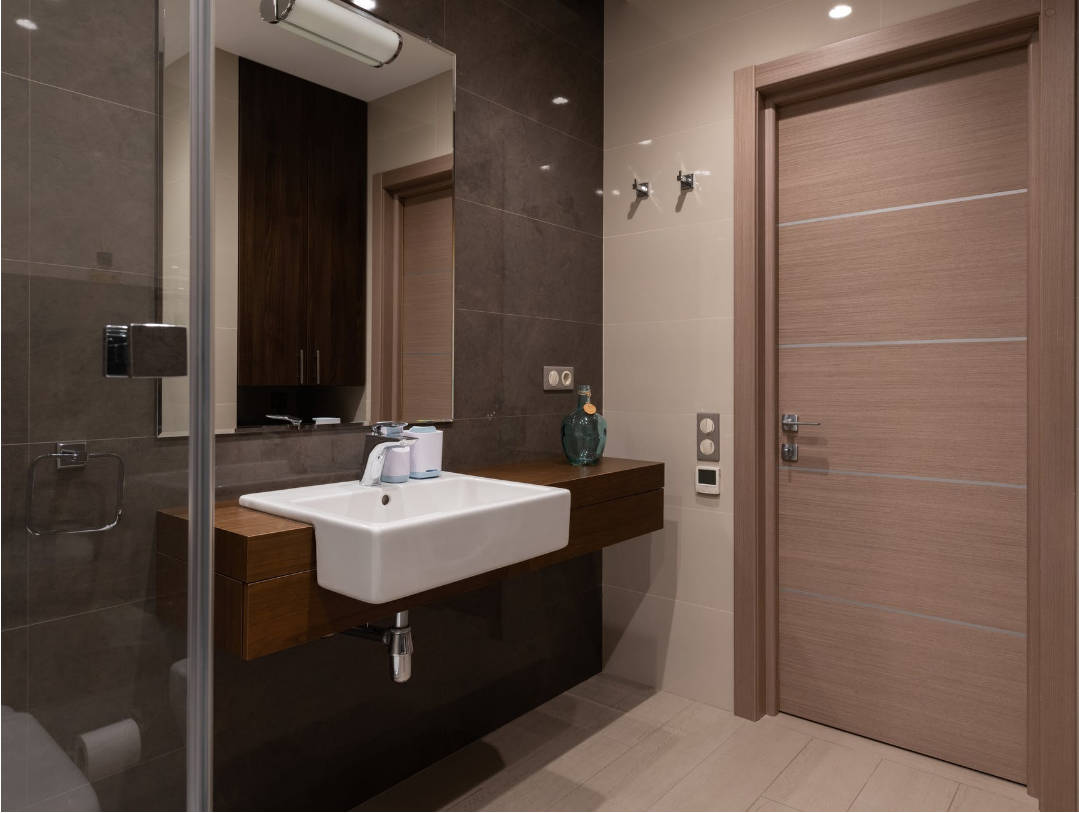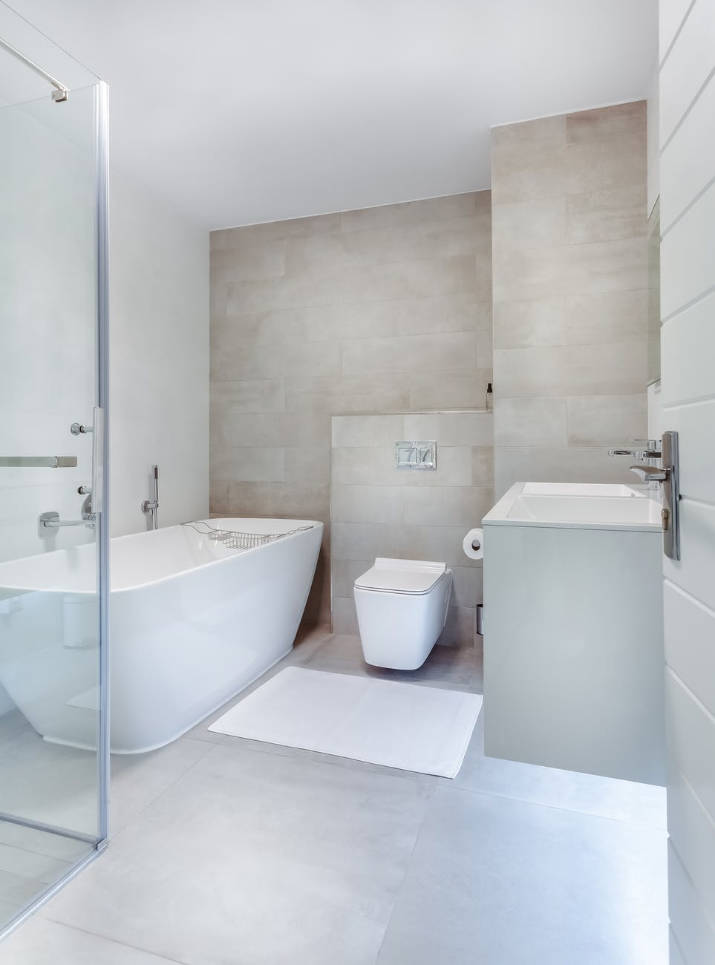The State Issued 2022 Carbon Reduction Guidelines! Ceramic Industry At Least 25% Of Capacity Needs To Be Renovated And Upgraded

On February 11, the National Development and Reform Commission, the Ministry of Industry and Information Technology, the Ministry of Ecology and the Environment, the National Energy Administration, four ministries and commissions recently jointly issued the “Energy Conservation and Carbon Reduction in Key Areas of High Energy-Consuming Industries Transformation and Upgrading Implementation Guide (2022 Edition)”. This guide specifies the direction of work and goals of energy-saving and carbon-reducing transformation in 17 industries, including construction and sanitary ceramics.
Por 2025, the proportion of production capacity above the energy efficiency benchmark level in the construction and sanitary ceramics industry should all reach 30%. The energy-efficiency capacity below the benchmark level is basically zeroed out.
In order to achieve this goal, in the next three years, the ceramic industry at least 25% of capacity needs to be renovated and upgraded. The notice pointed out that since January 1, 2022, the production areas around the transformation and upgrading and phase-out time frame (generally not more than 3 anos) as well as the annual transformation and elimination plan, for the project can not be completed by the transformation of the deadline for elimination; but also to improve the energy consumption of new production lines access threshold. Currently, Fujian and other production areas have been clear about the specific ceramic production line elimination category.
Industry insiders pointed out that the current industry within the pottery enterprises generally has relatively high energy consumption. In the industry, we must mobilize all forces, from all aspects to increase the magnitude of energy saving in order to avoid being eliminated.
Four National Ministries And Commissions Issued Heavy-Duty Documents
Ceramic Industry At Least 25% Of Production Capacity Needs To Be Transformed
The notice clearly points out that China’s different building, sanitary ceramics enterprises’ production energy consumption levels and carbon emissions levels vary greatly. Unit product of the comprehensive energy consumption gap is large, energy control level varies, and more potential for energy-saving carbon transformation and upgrading.
The content of the notice shows that, according to the “energy efficiency benchmark levels and benchmark levels in key areas of high energy-consuming industries (2021 version)” and other documents, by the end of 2020, the proportion of production capacity in the building and sanitary ceramics industry with energy efficiency better than the benchmark level is less than 5%. The proportion of production capacity with energy efficiency lower than the benchmark level is less than 5%.

| Classification | Focus Areas | Indicator Name | Indicator Unit | Benchmarking Level | Benchmark Level |
| Building Ceramic Products Manufacturing(3071)
Classification |
Ceramic tiles with water absorption ≤ 0.5% | Comprehensive energy consumption per unit of product
Indicator name |
Kilogram standard coal/m2
Indicator unit |
4 | 7 |
| 0.5%<Water absorption ≤10% ceramic tile | 3.7 | 4.6 | |||
| Water absorption rate > 10% of ceramic tile | 3.5 | 4.5 | |||
| Building Ceramic Products Manufacturing(3071) | Sanitary ceramics | Comprehensive energy consumption per unit of product | Kilogram standard coal/m2 | 300 | 630 |
To this end, the “Guidelines” in the sanitary ceramics industry clearly put forward the goal that by 2025, the proportion of energy efficiency in the building and sanitary ceramics industry above the benchmark level of capacity will both reach 30%. Energy-efficient production capacity below the benchmark level is basically zero. Industry energy saving and carbon reduction effect is significant, and green low-carbon development capacity is significantly enhanced.
In other words, in the next three years, the ceramic industry at least 25% of production capacity needs to be transformed and upgraded. A rough calculation of industry data was released by the China Building and Sanitary Ceramics Association in 2020, sobre 2.1 billion square meters of capacity (690 production lines) need to be renovated and upgraded. (ps: China Building and Sanitary Ceramics Association statistics show that in 2020, the national production of building ceramics is 8.474 billion ㎡. The number of building ceramics production is 2760.)
| / | Better Than Benchmark Level Capacity Share | Share Of Capacity Below Benchmark Level |
| Current (2020) | <5% | <5% |
| Target (2025) | ≥30% | 0 |
| Need to upgrade | >25% | <5% |
Industry insiders pointed out that although the domestic ceramic industry is developing at a rapid pace, but the kiln, after all, belongs to the fixed equipment, it is the high cost of replacement. Agora mesmo, the industry still exists a not insignificant number of early establishment of short kilns, narrow kilns, high energy consumption and low production capacity. This batch of kilns is the main body of the state requirements for transformation, elimination.
Despois 3 Years Of Rectification, If The Results Are Not Good To Be Eliminated!
Fujian Production Area Plans To Phase Out Such Capacity
In the files previously released by the National Development and Reform Commission and other departments, for the need to transform and upgrade the ceramic production capacity, there are more explicit provisions.
- According to the energy efficiency benchmark level and benchmark level, the implementation of the transformation and upgrading and elimination in batches by the deadline.
- The need to carry out technical transformation projects, all areas should be clear transformation and upgrading and phase-out time frame (generally not more than 3 anos) as well as the annual transformation and phase-out plan. Within the specified time limit, improve and upgrade energy efficiency to above the benchmark level, and strive to reach the energy efficiency benchmark level.
- For projects that cannot complete the renovation on schedule to be eliminated. Resolutely curb the unreasonable use of energy in high energy consumption projects. For projects whose energy efficiency is lower than the benchmark level in the industry and fail to be transformed and upgraded on schedule, restrict the use of energy.
- The above provisions shall be implemented since January 1, 2022.
Currently, some local production areas have introduced relevant local initiatives to promote energy-saving and carbon-reducing technology transformation in an orderly manner, such as:
At the end of 2021, Fujian appellation released the Action Plan for Energy Efficiency Improvement in Building Materials Industry from 2021 a 2025 (Draft for Comments). This program proposes that 1.5 million square meters/year and below of architectural ceramics (excluding architectural glazed products) production line, e 600,000 pieces/year (excluding) below the tunnel kiln sanitary ceramic production line is listed as a restricted category of process equipment. 1 million square meters/year (excluding) below the building ceramic tiles, 200,000 pieces/year (excluding) below the sanitary ceramic production line, architectural sanitary ceramics (excluding architectural glazed products) Product) earthen kiln, inverted flame kiln, etc. are listed as the elimination of backward production process equipment. Flush maximum water consumption of 8 liters or more of toilet is listed as the elimination of backward products.
In this regard, the Chinese Society of Silicate Ceramics Branch Kiln Thermal Engineering Committee Director, South China University of Technology, Professor of the School of Materials Zeng Ling can be said in a media interview, “(the new version of the energy efficiency benchmark level and benchmark level) for the ceramic industry is a very critical parameter. For this industry to sustain itself in the long run, it is crucial to be able to meet this standard. Agora mesmo, the energy consumption of individual enterprises in the industry is generally still relatively high. In the industry, we must mobilize all forces to increase the magnitude of energy saving from all aspects, or be eliminated.”
De feito, in the second half of 2021, with a number of domestic ceramic production areas being limited electricity, production restrictions, ceramic manufacturers also began to face up to the issue of energy efficiency of production lines.
New Ceramic Production Line Threshold Upgrade
Not To Mergers And Acquisitions In The Name Of Blind Expansion
De feito, since January 1, 2022, the state has further improved the energy consumption of new production lines access threshold. Relevant documents put forward, for the proposed and under-construction projects, should be compared to the level of energy efficiency benchmarking construction and implementation, and promoting the level of energy efficiency should be mentioned as much as possible, and strive to fully meet the benchmark level.
The comparison of the energy consumption of new production lines in the ceramic industry with the previous quasi-entry threshold is as follows.
| Time | Product Classification | Comprehensive Energy Consumption(Kgce/㎡) |
| 2013~2021
Time |
Ceramic tile with water absorption ≤0.5% | 7 |
| 0.5%<Water Absorption ≤10% ceramic tile | 4.6 | |
| Water absorption >10% ceramic tile | 4.5 | |
| 2013~2021 | Water absorption ≤0.5% ceramic tile | 4 |
| 0.5%<Water absorption ≤10% ceramic tile | 3.7 | |
| Water absorption rate>10% ceramic tile | 3.5 | |
| Reference standards: Energy Efficiency Benchmark Levels and Benchmark Levels in Key Areas of High Energy-Consuming Industries (2021 Edition), GB21252-2013 | ||
In addition to raising the access threshold, the National Development and Reform Commission and other departments in the document also stressed the need to promote agglomeration development, but not in the name of mergers and acquisitions blind expansion –
to guide the backbone of enterprises to play the advantages of capital, talent, technology, etc.; through the superior on the elimination of inferior, capacity replacement and other ways to voluntarily and independently carry out mergers and acquisitions in this field; centralized planning and construction with large-scale and integrated production base; improve the level of technology and equipment and energy efficiency; build a reasonable structure, effective competition, standardized and orderly development pattern; not in the name of mergers and acquisitions blind expansion of production capacity and low-level duplication of construction.
 Provedor de fábrica de grifos iVIGA
Provedor de fábrica de grifos iVIGA

